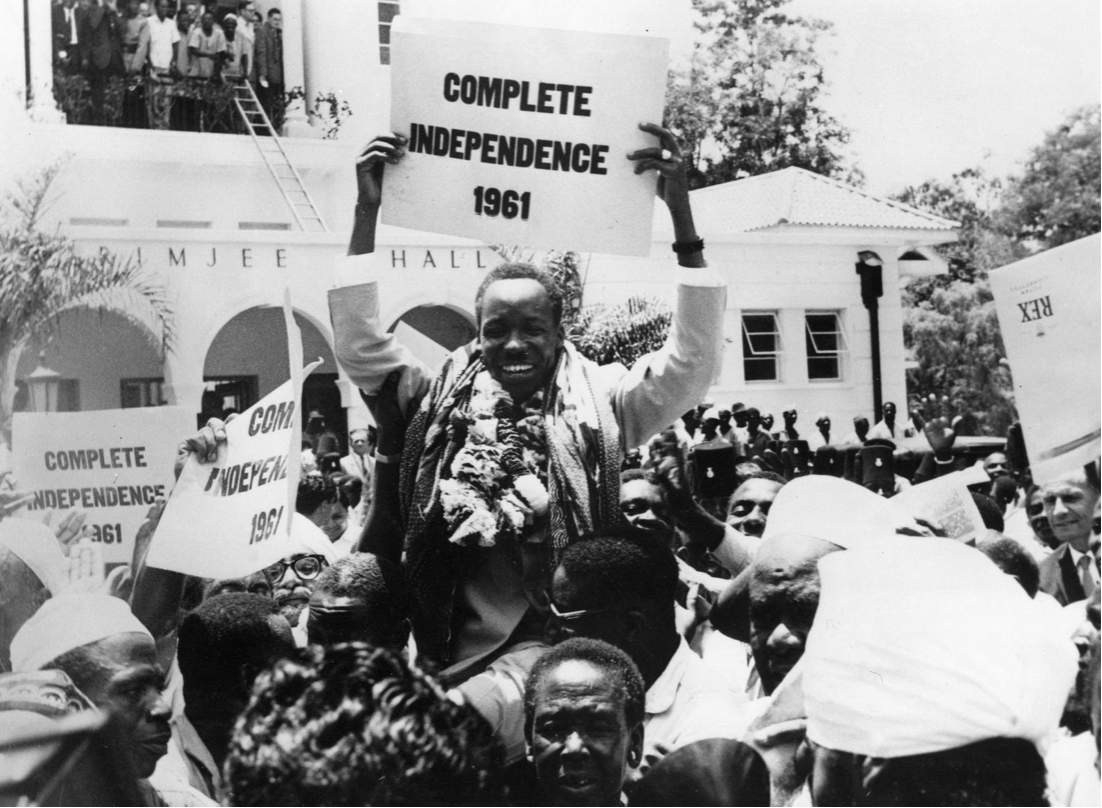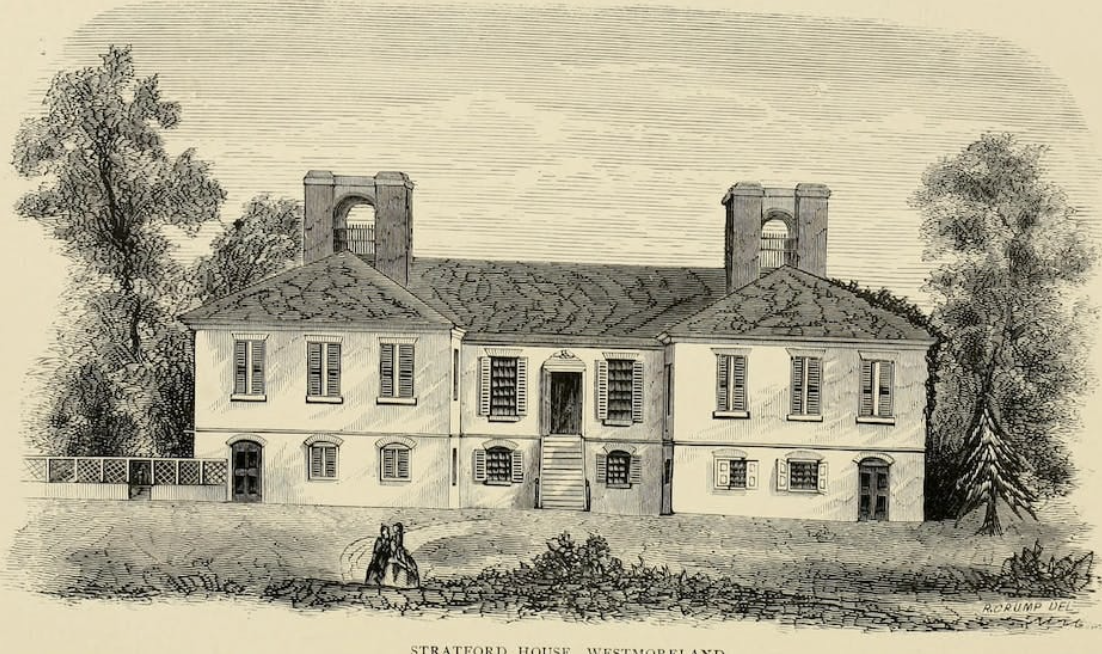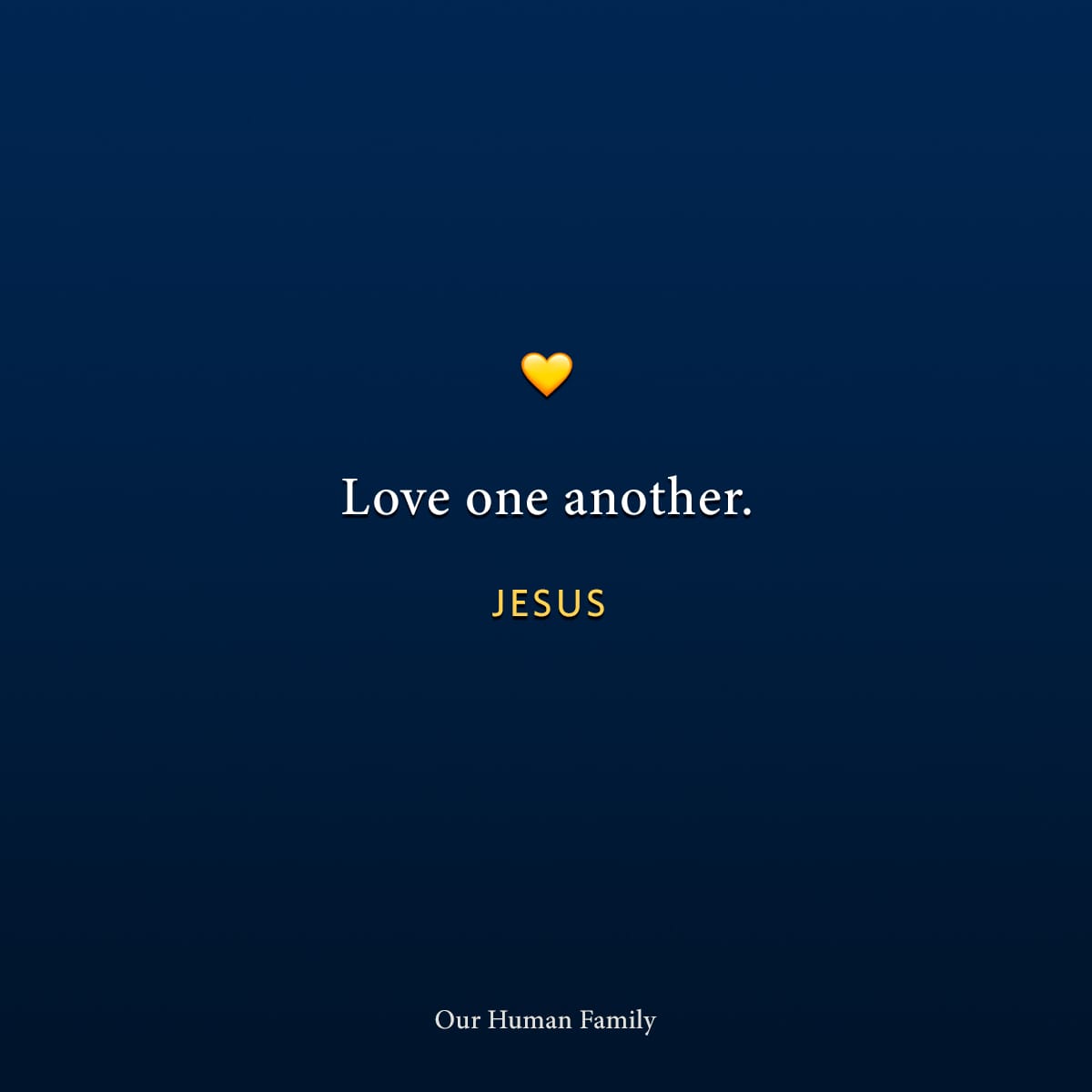|
2024 marks Our Human Family, Inc.’s sixth year of publishing articles to advocate for racial equity, allyship, and inclusion. It’s hard to believe we’re still at it. It’s exhausting, not at all glamorous, and the pay is . . . well, that’s a story for another day. So why do we do it? Wait – I can’t speak for our managing editor, Sherry Kappel, or our contributing writers. I’m sure they all have reasons for addressing America’s original sin, reasons that they haven’t shared with me. The better question for me is why I still publish a weekly newsletter about racial equity, allyship, and inclusion when there’s so much racism in the world. That’s an easy question to answer, and it has two parts. First, I’ve seen up close and in the most personal ways what racism can do. I know of the death and destruction racism has wrought across the South (the lynching of Emmett Till) and near my hometown (Ocoee Massacre). I’ve learned that the residual effects of decades-old events can poison the present, sabotage the future, and snuff out the promises of the Constitution for Black people. These will always be the results unless those travesties are acknowledged and righted (Oak Tree Union Colored Cemetery of Taylorville [Groveland, Florida]). Note: These aren’t isolated incidents. American history is littered with attempts to rid the country of Black people. In the 1950s, my paternal grandmother built, owned, and managed a boarding house and cafe that catered to Black travelers in Lake City, Florida. That might seem like a small venture today, but keep in mind that it took place during the Jim Crow era. In the South. Specifically, rural Florida. During this time, Black travelers relied upon word of mouth or the Green Book, as they were not allowed to stay in national roadside motels. My father was the first Black area sales manager for Anheuser-Busch and traversed the Sunshine State by car every week – back then, everybody got around by car – and police routinely harassed him, not because of driving infractions, but because he had the audacity to be a Black man and own the nice car he drove a nice car. I could go on about how my 103-year-old best friend – whom I refer to as my personal Maya Angelou – wanted to attend a local highfalutin private college. She had the grades but was denied admission because of the color of her skin. Florida even paid for her to attend college out of state. Her choice and alma mater: NYU. And in an ironic twist of fate, I didn’t learn of my friend’s admission denial until years after I graduated from the same college. So, on a profoundly personal level, I know about racism and those who perpetrate it. To ignore hate is to empower it.
—James Baldwin More broadly, I know of America’s centuries-old love-hate relationship with its Black citizens. American society adores Black creativity, ingenuity, and excellence with naked avarice. For example, pick almost any music genre popular today – Blues, Country, Dance, Funk, House, Hip Hop, Jazz, Pop, Reggae, Rhythm and Blues, Rock ’n Roll, Soul, and even Country, plus a few more for good measure — and you’ll find they all have roots in Black culture. Black artists, who penned and first recorded many iconic hits in those genres in industry-created isolation, had their copyrights and intellectual property poached by producers and recording artists for an nth of their potential value. Record labels routinely sterilized, re-packaged, and then re-recorded those tracks but with white artists to rave reviews, leaving Black creators in obscurity. All of this was done in the name of exposure. Frankly, people have died from exposure. The ways this nation despises, dehumanizes, and seeks to destroy Black people and People of Color while enriching itself at their expense are innumerable. The means include but are not limited to the school-to-prison pipeline, redlining, unfair lending practices, and a tiered criminal justice system that issues sentences based on prejudice and privilege. I’m also committed to racial equity, allyship, and inclusion because I know people can change. Observable facts, evidence, and firsthand experience form the foundation of my “knowledge,” not conjecture. I don’t present myself as a clinical researcher; that’s not who I am. But you don’t have to be a Stanford researcher to understand what will happen if you touch a hot stove, right? There’s a lot to be said for lived experience. The second reason I’m committed to OHF Weekly’s advocacy for racial equity, allyship, and inclusion is because I know that people can change. Observable facts, evidence, and firsthand experience form the foundation of my “knowledge,” not conjecture. I don’t present myself as a clinical researcher, That’s not who I am. But you don’t have to be a Stanford researcher to understand what will happen if you touch a hot stove, right? Lived experience counts for a lot. A central tenet of my racial equity advocacy is that race is a social construct. By that, I mean “race” is not a real thing. It’s something people have agreed exists, not unlike Santa Claus. Science has proven that the human species cannot be subdivided into subcategories. And much like with the Man with the Bag, their behavior evinces overwhelming endorsement of the concept of race, not to mention the resulting social and historical repercussions. Then, there’s scientific proof that physical traits like skin, hair, and eye color are all evolved traits. As I’ve said before, I know people can abandon racism’s places of fear, ignorance, and degradation for more loving, informed, and affirming spaces. I’ve seen it happen often enough to understand that these occurrences. I’ve talked in depth with people who have experienced it, they’ve shared the stories of their journeys out of prejudice with me enough times that consistent and recognizable patterns appear. I’ve seen people experience the cognitive dissonance that occurs when what their family and friends have engrained in them about Black, Indigenous, People of Color, and other marginalized groups doesn’t match up with what they experience firsthand. It brings me great joy when people realize bigotry is a lie. Once you see the humanity in someone,
you can never unsee it.
– Clay Rivers, “Fieldnotes on Allyship” People can change when they believe change is possible, when they want to change, and when they know how to change. I see my role as a gardener, someone who plants seeds of hope that change is possible in those who seek it and then nurture them as they grow in their knowledge. My job isn’t to “change” people. That’s their responsibility. Mine is only to provide them with the tools to facilitate that change. All this “stuff” I’m talking about, all these seemingly disparate parts of anti-racism — racial equity, allyship, inclusion, equality, the ability of people to become better versions of themselves, restorative justice, and more — have one thing in common. It’s love. My faith mandates that I love one another as I have been loved. Love dissolves that which would close our eyes to our shared humanity. Love is the balm that heals wounds and rights wrongs. Love is the song humanity was created to sing despite our imperfections. Love is the sweet aroma of a life of service that draws others near. And love is the secret sauce that makes life worth living. So why do I still publish a weekly newsletter about racial equity, allyship, and inclusion when there’s so much racism in the world? Ultimately, I do this because it’s my calling. And if I can help only one person embrace a broader, more inclusive worldview, then I am fulfilling my purpose. Love one another. Clay Rivers
OHF Weekly Editor-in-Chief
NEW THIS WEEKBy The Conversation U.S.  Tanzanian leader Julius Nyerere, a Swahili advocate. Keystone/Getty Images Once just an obscure island dialect of an African Bantu tongue, Swahili has evolved into Africa’s most internationally recognised language. It is peer to the few languages of the world that boast over 200 million users. Over the two millennia of Swahili’s growth and adaptation, the moulders of this story — immigrants from inland Africa, traders from Asia, Arab and European occupiers, European and Indian settlers, colonial rulers, and individuals from various postcolonial nations — have used Swahili and adapted it to their own purposes. They have taken it wherever they have gone to the west. Africa’s Swahili-speaking zone now extends across a full third of the continent from south to north and touches on the opposite coast, encompassing the heart of Africa. Read the full article at OHF Weekly. By The Conversation U.S.  Stratford Hall in Westmoreland, Virginia, where enslaved cook and chocolatier Caesar lived and worked in the kitchen. Wikipedia, CC BY-SA. The holidays are here, and among the many treats of the season are chocolate and hot cocoa. While these traditions provide a hefty dose of sugar, there’s a bittersweet side to chocolate’s history, too. Stratford Hall Plantation in Westmoreland County, Virginia, is a plantation museum where, as a historian, I work as the director of programming and education. The museum ushers in the holiday season with a chocolate program, highlighting Colonial chocolate-making and its historical ties to American enslavement. This sober look into our nation’s past helps illuminate those whose labor and contributions have been long ignored, and examines the darker attributes of this favorite sweet. There is no better place to set in context the history of chocolate and enslavement than at a plantation where cocoa was processed and served by enslaved laborers. Read the full article at OHF Weekly.
Final Thoughts
|



